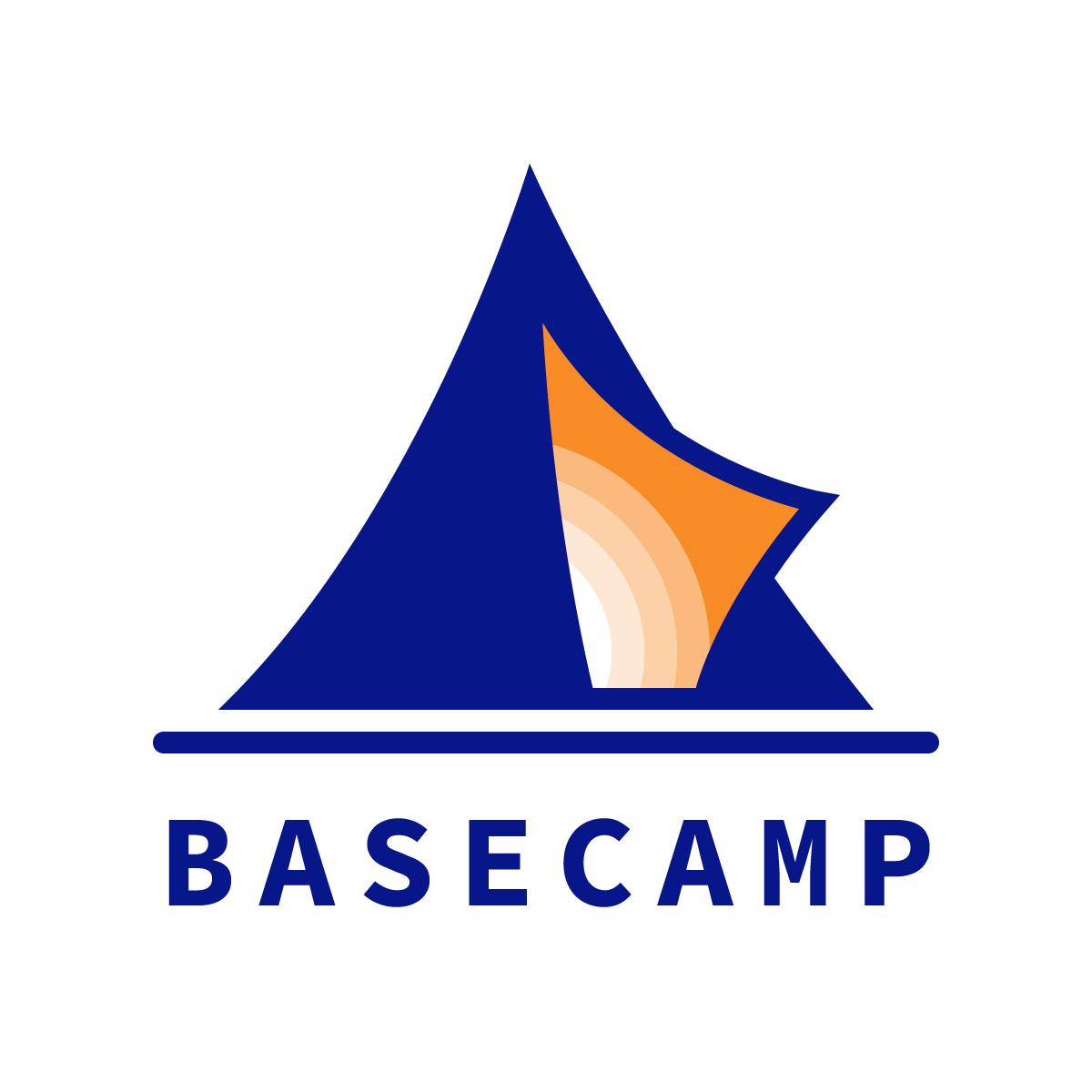Future of Learning Top Reads for week of Apr 22 2019
“An Everyone Culture: Becoming a Deliberately Developmental Organization,” by Robert Kegan & Lisa Lahey, in Stanford Social Innovation Review
“We live in unprecedented times. Gone are the days when payoffs to Economic Man alone—to the material self, to greater agency in the external world—were enough. In those days, conventional incomes—such as paychecks, health benefits, and limits to the hours in a workweek—sufficed.
“Now we’re seeing the pursuit of new incomes: personal satisfaction, meaningfulness, and happiness. These are payoffs to the Psychological Person, to the intangible self, to fulfillment in the interior world. Paychecks, bonuses, and benefits will always matter, of course, but, increasingly, they’re not enough for many of us. The rise of the new incomes may represent the biggest shift in the work-reward equation since the emergence of the labor movement in the nineteenth century.”
Why does this matter to the future of learning?
Schools are in the business of developing human potential—not just the potential of the students, but also of the faculty and staff, who serve those students.
It is noteworthy, then, that Kegan and Lacey point out that the typical methods of developing adult talent—“executive coaching, high-potential programs, mentoring, corporate universities, off-sites, retreats, and leadership development programs”—share a few characteristics that should make us reconsider whether we have created the proper conditions for adult development:
Punctuated vs. continuous feedback. It’s hard to improve when you aren’t practicing and getting feedback consistently.
Extra vs. Expected. How do you transfer new stuff you have learned to the '“stubbornly durable context of business as usual”?
High potentials vs. Everyone. Are you developing only the few (10%?) who self-select into a special talent development programs, conferences, and workshops? What does that signal to the rest of the faculty / staff about individual and team development?
Additive vs. Organic. When we want to develop faculty or staff, we tend to give them additives (a coach, program, course, etc) because the school itself is not organically set up to develop everyone. This may be great for the few who receive the additive, but it does little to change the organization.
The authors—who also wrote Resistance to Change, a wonderful longer read—end their essay with some good alternatives.
In the meantime, two schools that act like deliberately developmental organizations: High Tech High (San Diego) and Mt. Vernon Presbyterian School (Atlanta). With Greg Bamford and Joe Romano teaming up at Charles Wright Academy (Seattle), I suspect they will soon join those ranks.
***
“Understanding the Innovation Challenge in Education,” by Marc Frankel, on the Triangle Associates blog
“Something innovative would shake up the traditional scholastic paradigm of students, teachers, classrooms, school buildings and athletic fields interacting for 12+ years. It wouldn’t just be different, it would be faster and deeper. It might also be cheaper, delivering more value for the same or less money. It wouldn’t be a step improvement; rather, it would make a quantum jump in some way.”
Why does this matter to the future of learning?
As Frankel goes on to point out, “The usual solution is not to innovate by doing school in a novel way, but to find someone else to pay the bill through philanthropy.”
Triangle Associates argues that truly innovative schools do things “faster, deeper, and cheaper.” Succeeding at one of those criteria is challenging; two is rare; and all three…
Frankel’s blog post cites a few model schools (of note: all have been founded in the last decade or so and are relatively small; these add up to “nimble”).
***
Question of the week:
***
Thank you for reading this post from Basecamp's blog, Ed:Future. Do you know someone who would find the Ed:Future blog worthwhile reading? Please let them know that they can subscribe here.


